The 7 strangest mountains in the world make travelers curious because of their unusual terrain, climate changes according to altitude and mysterious stories associated with nature. If you are planning to admire these strange mountain shapes, this article suggests how to experience them safely, choose the time, prepare equipment and behave respectfully with nature and the local community.

Discover : What to do to see the "soul" of the mountain
- Hiking around the base of the mountain: Slow pace allows you to observe the terrain, vegetation, and unusual rock formations. Stick to the official trails and go with a companion.
- Watch the sunrise or sunset: Oblique light creates volume, highlights the veins of the mountainside, giving the photo depth. Arrive early, choose a high, safe location and watch the wind.
- Geological photography: Bring a wide-angle lens to capture unusual shapes, and a polarizing filter when it’s sunny. Don’t climb dangerous cliffs just to get a different angle.
- Tours include local guides: They understand the terrain, wind patterns, weather patterns, and conservation regulations—making for a safe, fulfilling trip.
- Observe the night sky: In the mountains, the sky is often less polluted with light. Choose a permitted camping spot, check the wind and the nighttime temperature.
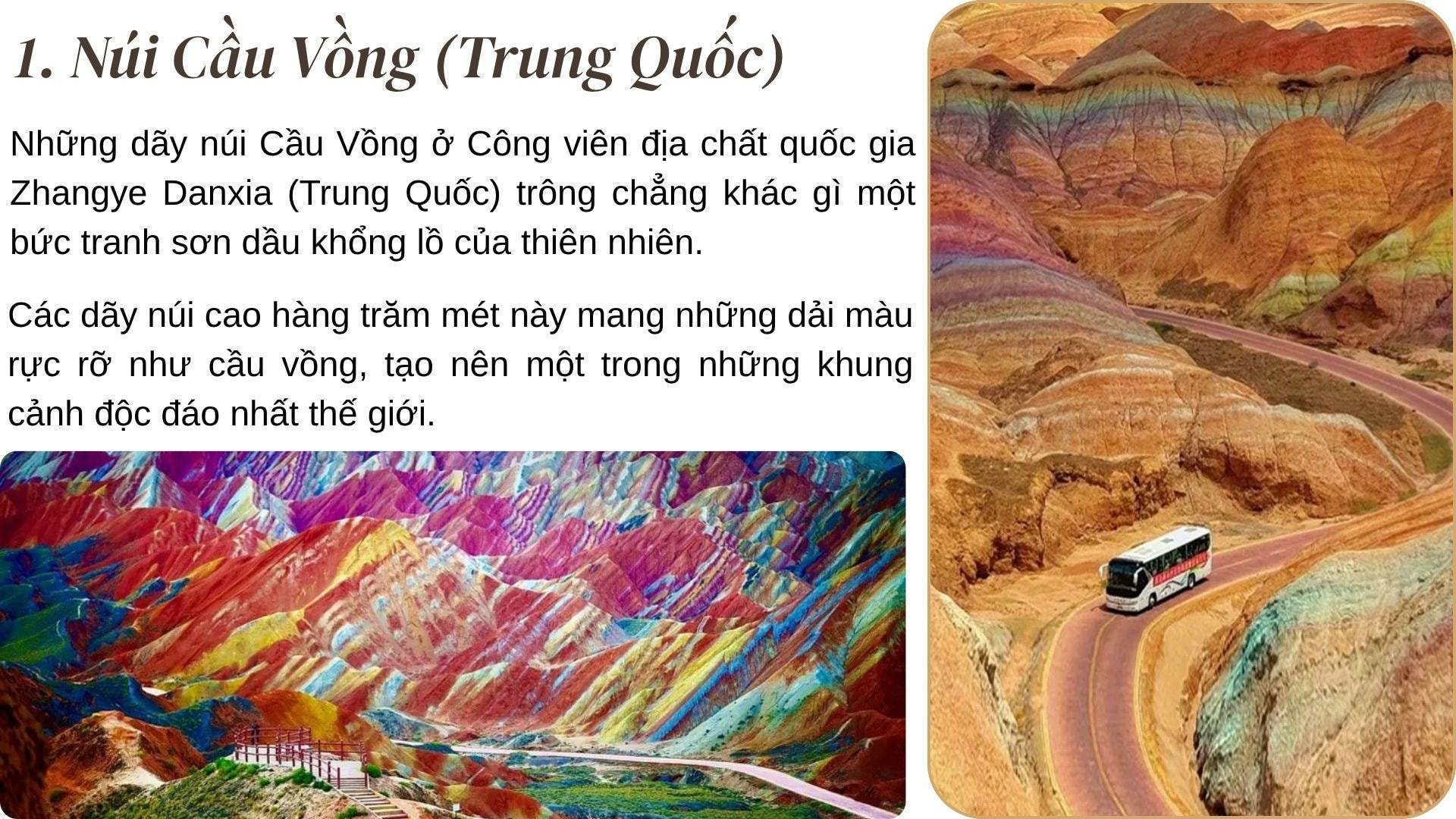
Food: fuel up properly
- Prioritize hot, energy-rich meals before and after activity: soup, stew, rice/bread with protein and vegetables.
- Bring compact snacks: nuts, dried fruit, energy bars; divide portions into small portions for easy replenishment along the way.
- Drinking water: prepare enough according to physical strength and weather conditions; use a bottle with measuring lines, remind yourself to drink sips regularly.
- Visit small shops and local markets: both warm your stomach and give you the opportunity to chat and hear more stories about the mountain you are about to visit.
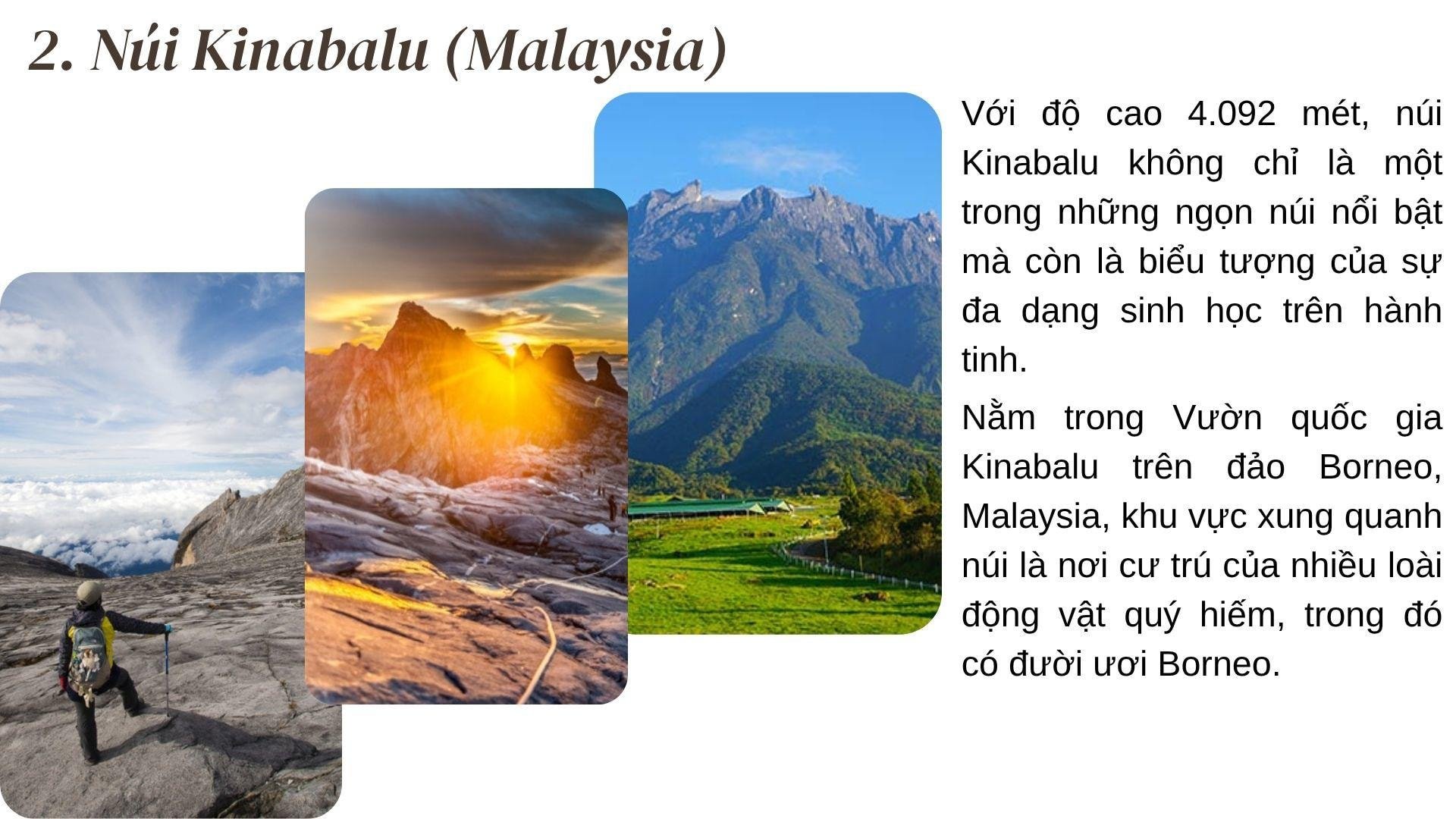
Culture and respect
- Many mountains are associated with local beliefs. Dress modestly in sacred areas, lower your voice when passing places of worship, and obey signs.
- No illegal rock taking, no illegal rock stacking, no carving of names on the cliffs. Leaving light footprints is a way to respect the mountain and future visitors.
- Limit flying drones in restricted areas or if they can cause nuisance to wildlife and the community.
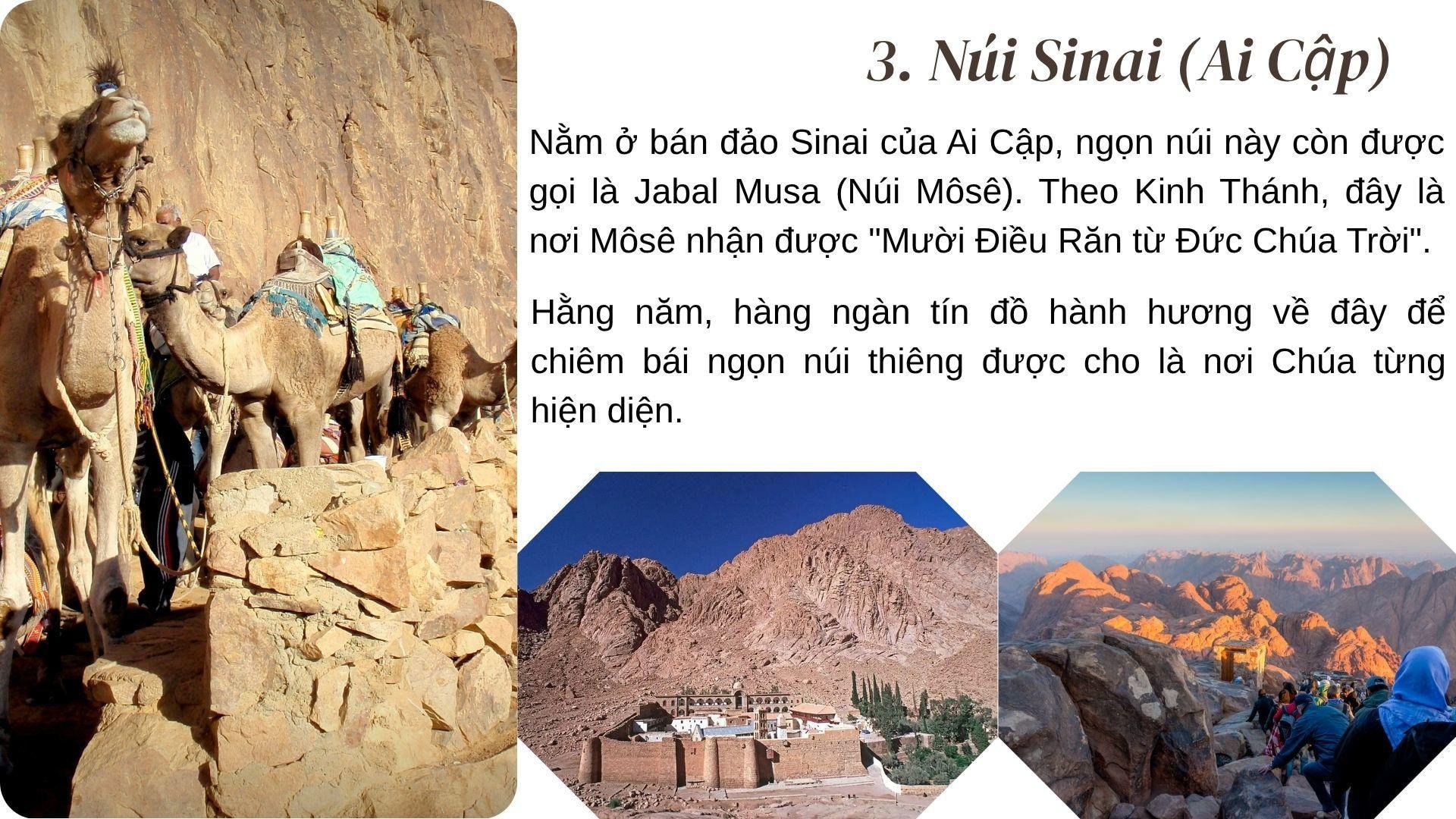
Practical information: travel, accommodation, costs
- Getting there: usually a combination of flights and road trips. Check road conditions, weather and suitable transport (bus, rental car, tour).
- Accommodation: choose a place with heating or good insulation in cold areas; close to the trek starting point to save time in the morning.
- Basic equipment: grippy shoes, wind and rain jacket, warm base layer, gloves, hat, head torch, light raincoat, personal first aid kit, offline map.
- Permits/Regulations: Some places require registration, a guide, or a daily limit on visitors. Check before you go.
- Insurance: Consider a plan that includes outdoor/altitude coverage. Read the coverage and emergency hotline carefully.
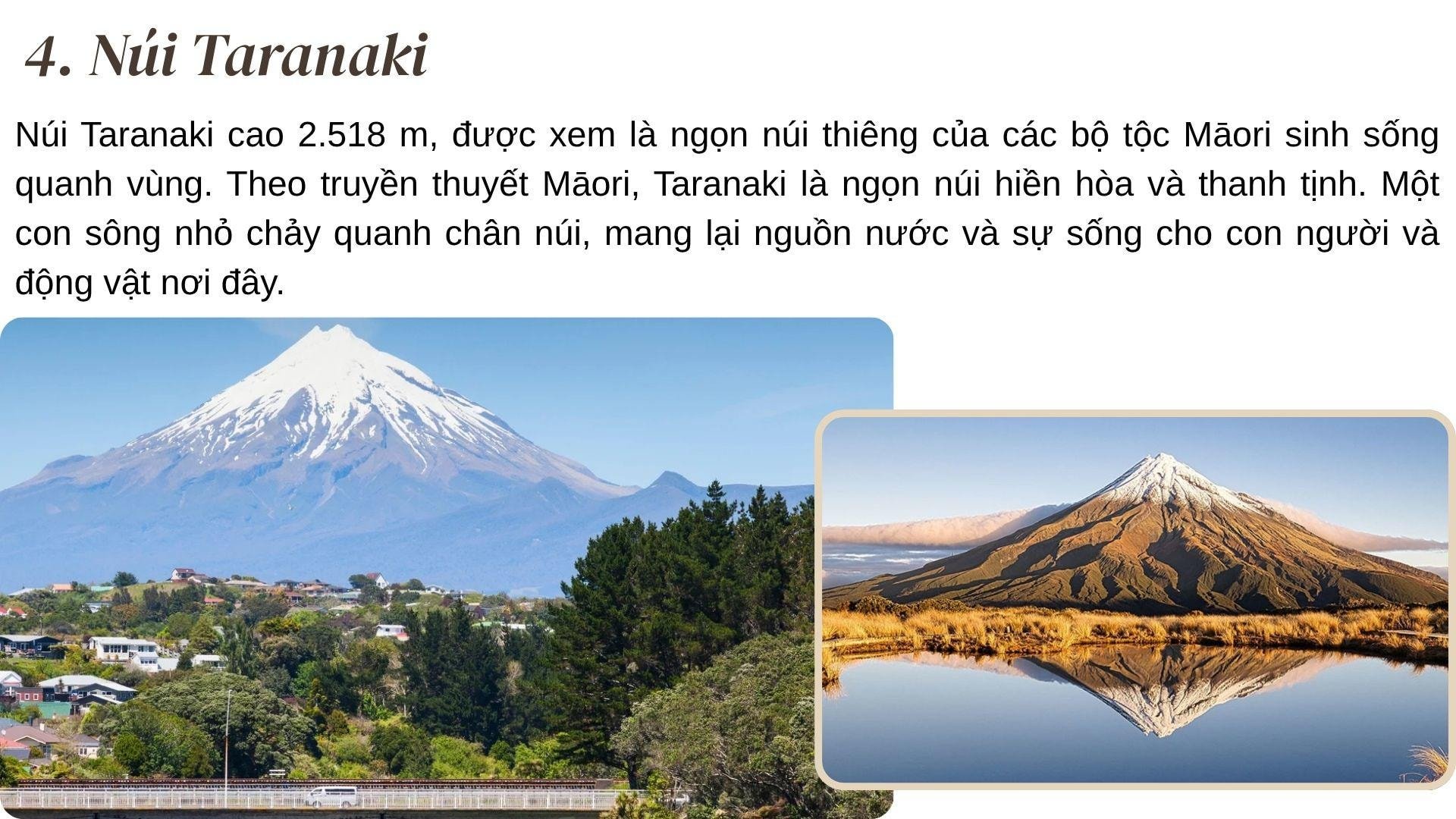
Suggested schedule at slow pace
- Early morning: move to a safe observation point to watch the sunrise; rest midway, drink water regularly.
- Mid-day: hike around the base of the mountain or a section of the main trail; have a light lunch, keeping your breathing steady.
- Late afternoon: choose a spot with a light breeze to watch the sunset; check your headlamp and warm clothes before returning.

Good and safe time
- The dry season is the preferred option to avoid landslides, heavy fog and sudden thunderstorms. Always check the weather forecast for updates.
- Golden hour: just after dawn and before dusk—soft light, clear visibility, little harsh sunlight.
- Avoid storms, high winds, or geological warnings. Cancel or reschedule if there is a safety risk.
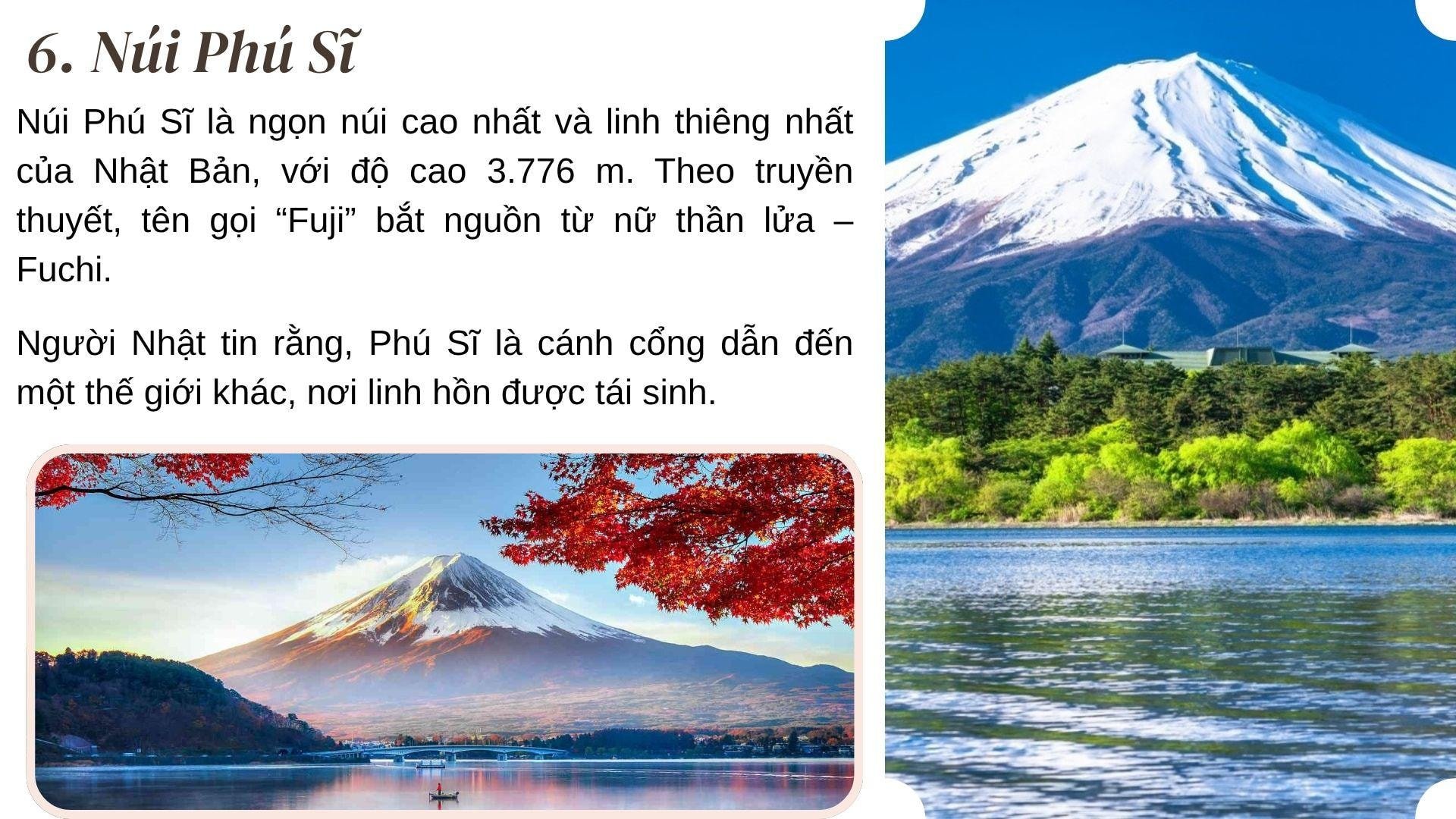
Important Tips
- 3-layer principle : breathable base layer – warm middle layer – wind/rain protection outer layer. Change to dry socks during long journeys.
- Steady pace : walk evenly, take short breaks, don't try to accelerate on long slopes to avoid losing energy.
- Leave No Trace : take out your trash, keep quiet, don't feed wildlife.
- Group safety : notify family members of your schedule, carry spare batteries, offline locator, and emergency whistle.

Each strange mountain has a geological and cultural story. Entering this space with careful preparation and respect will make the journey not only beautiful in scenery but also profound in experience.
Source: https://baonghean.vn/the-gioi-7-ngon-nui-ky-la-va-goi-y-kham-pha-an-toan-10312841.html












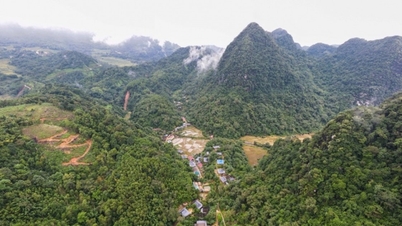
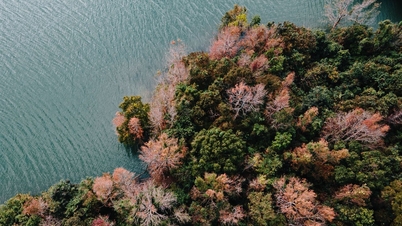


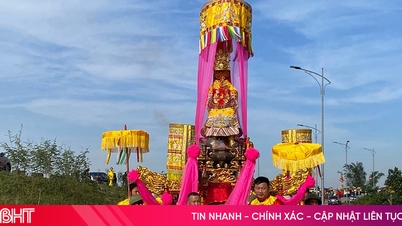

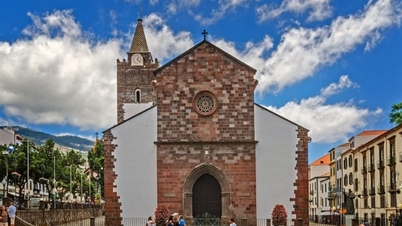





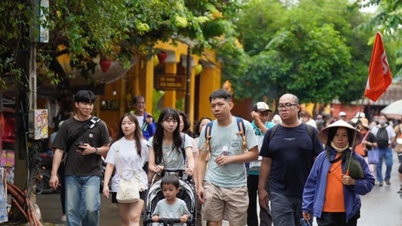





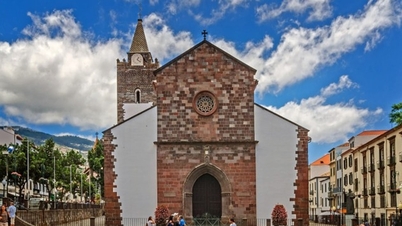
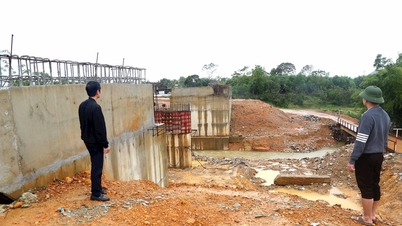

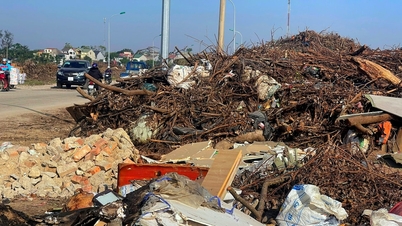
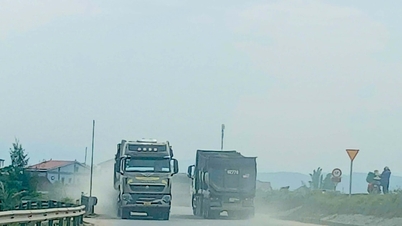















































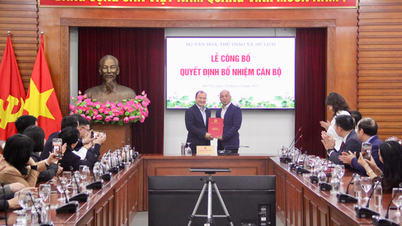
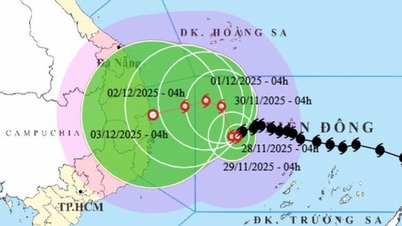





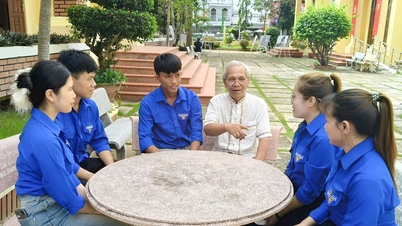



















Comment (0)